The Dark Side of History: A Closer Look at Humanity’s Greatest Conflicts
History is often painted with broad strokes, highlighting grandeur, achievement, and progress. Yet, beneath this veneer lies a darker narrative—a chronicle of human conflict, suffering, and moral dilemmas. This article delves into the significant conflicts that have shaped human civilization, exposing the dark realities and lessons learned from these tumultuous events.
The Nature of Conflict
Conflicts arise from a multitude of factors: territorial disputes, economic interests, ethnic tensions, and ideological divides. At their core, most conflicts stem from a struggle for power or resources, leading to confrontations that often result in catastrophic consequences. The darker side of history reveals a repetitive cycle of violence, where humanity grapples not only with the ramifications of war but also with the moral questions it leaves in its wake.
Understanding the Mechanisms of Conflict
Though each conflict is unique, they often share common mechanisms. Leaders may invoke nationalism or religion to mobilize support. Propaganda plays a significant role in shaping public perception of the enemy, creating an "us versus them" mentality. This division can lash out in violence, leading to an escalation that can spiral out of control. Economic motivations often underpin these conflicts, as power struggles over resources intensify hostilities. Historical precedents and human propensity for conflict showcase the disheartening reality that peace is often the exception rather than the rule.
A Historical Overview
1. The Peloponnesian War (431–404 BCE)
Ancient Greece provides an early example of the complexities of political conflict. The Peloponnesian War, fought between the city-states of Athens and Sparta, illustrated the inherent struggles for power and dominance. It resulted in vast destruction, loss of life, and the eventual decline of Athenian democracy. This war emphasized the moral ambiguities of leadership, as decisions made by generals often prioritized strategy over ethics. The war’s aftermath exposed the fragile nature of alliances and the potential for decay in the face of internal strife.
2. The Crusades (1096–1291)
Emerging from religious fervor, the Crusades were a series of military campaigns sanctioned by the Latin Church. While often viewed as a struggle for the Holy Land, they ultimately represented a conflict of ideologies wherein religion was weaponized. The collateral damage was immense: entire communities were destroyed, and the schism between Christianity and Islam deepened. The violence of the Crusades has left a lasting impact on interfaith relations that persists today. The legacy of this conflict challenges us to examine how religious narratives can motivate both noble intentions and horrific acts.
3. World War I (1914–1918)
World War I, known as "The Great War," marked a significant turning point in global conflicts. Triggered by alliances, nationalism, and militarism, it was characterized by trench warfare and unprecedented loss of life. The war’s brutality led to disillusionment, breeding a generation marked by cynicism. Moreover, the Treaty of Versailles set the stage for future conflict, demonstrating how post-war actions can perpetuate cycles of violence. The hope for lasting peace was overshadowed by resentment and economic hardship, sowing the seeds for World War II.
4. World War II (1939–1945)
The culmination of ideological extremism, World War II was one of the deadliest conflicts in history. The Holocaust and war crimes committed during this period remind us of humanity’s capacity for cruelty. The aftermath of the war highlighted the need for global governance and human rights but also sowed the seeds of the Cold War, leading to further geopolitical strife. The horror of nuclear warfare, represented by the bombings of Hiroshima and Nagasaki, underscored the devastating potential of technological advancement in the hands of humankind.
The Human Cost of Conflict
Each conflict leaves behind a trail of sorrow that is measured not just in military casualties but in civilian suffering, displacement, and cultural erasure. The toll on human life is staggering, with deaths numbered in the millions across each major conflict. Families are torn apart, cities are flattened, and lives are irrevocably changed. The psychological scars of warfare often linger for generations, as societies grapple with trauma and the burden of memory. Post-conflict recovery processes reveal difficult journeys toward healing, requiring immense resilience and resourcefulness.
The Refugee Crisis
In the wake of conflict, a ripple effect emerges, resulting in massive displacement. Conflict zones invariably lead to refugee crises, wherein millions are forced to abandon their homes to seek safety, often finding themselves in precarious situations. These humanitarian crises highlight the international community’s moral obligation to provide support and find sustainable solutions for affected populations.
The Role of Narratives
How history is remembered or forgotten greatly influences contemporary society. Victors often write the narrative, shaping public perception. It’s crucial to acknowledge diverse viewpoints to gain a comprehensive understanding of any conflict. Cultural narratives can either promote healing and reconciliation or perpetuate cycles of violence and revenge.
The Weight of Memory
Memorialization of conflict plays a vital role in shaping national identity and memory. Statues, literature, and education often reflect the prevailing narratives of conflict. However, the exclusion of certain perspectives can result in historical amnesia, undermining the potential for reconciliation. In some cases, narratives are repurposed to justify ongoing conflicts or discrimination against marginalized groups. The importance of inclusive storytelling cannot be overstated; understanding varied experiences fosters empathy and reconciliation.
Learning from the Past
To break free from the cycle of conflict, we must confront the darker aspects of our history. Education plays a critical role in fostering empathy and understanding. By studying past conflicts, individuals and societies can learn valuable lessons about the human condition, the cost of inaction, and the importance of dialogue over violence.
Encouraging Dialogue
Promoting open dialogue among conflicting parties is essential for conflict resolution. History teaches us that misunderstandings often breed fear and animosity. By incorporating conflict resolution education into curricula, societies can equip future generations with tools for peace—encouraging negotiation, mediation, and compromise instead of violence.
Conclusion
The dark side of history is not a tale of hopelessness but a call to action. By acknowledging the complexities of human conflict and its consequences, we may forge a path toward peace. Humanity’s greatest conflicts serve as stark reminders of our capacity for both destruction and redemption. The choice remains ours: to repeat the mistakes of the past or to learn and grow beyond them. Only through this reflection can we hope to build a more harmonious future.
This exploration of humanity’s conflicts reveals essential truths about our past. Conflict is woven into the fabric of history, providing critical lessons that can guide us forward. As we navigate an increasingly interconnected world, understanding the dark aspects of our collective story will empower us to shape a more peaceful and just society. Each lesson learned can sow the seeds for a future where dialogue and understanding replace violence and division.
By embracing our shared humanity, we can acknowledge our darker past while striving for a brighter and more harmonious tomorrow, ensuring that history informs our actions, instead of guiding us back into the same destructive patterns.















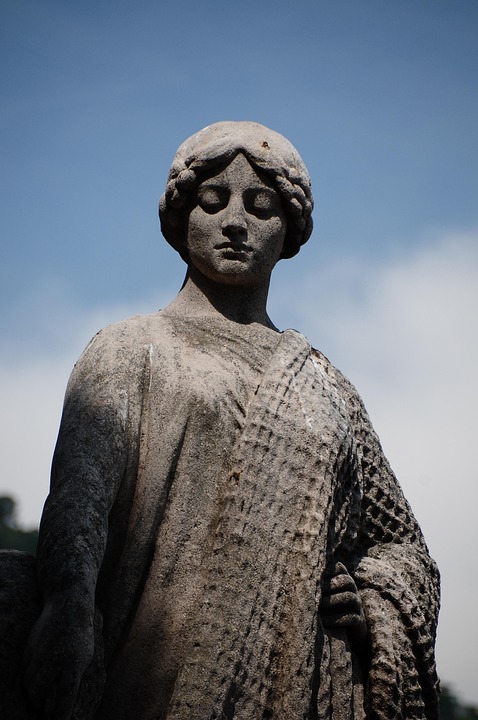
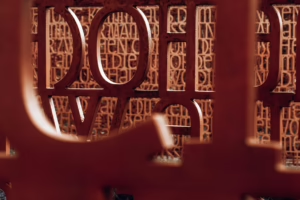

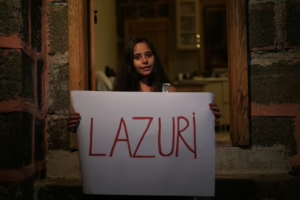

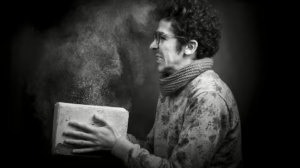
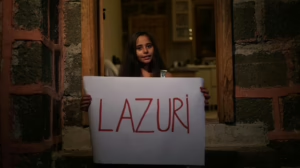




Add Comment